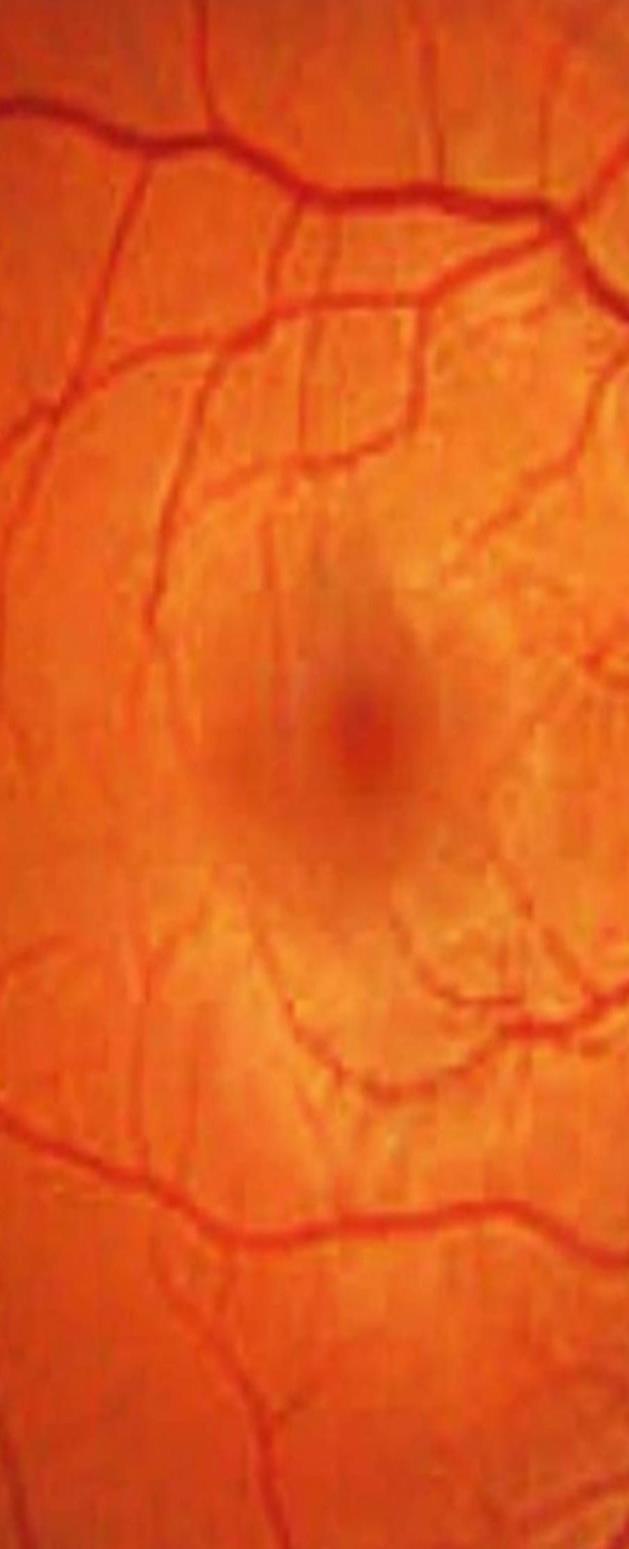One Minute
Ophthalmology



Wisdom and Culture of Japan
The Japanese wowed the world with their culture and ethos at the FIFA World Cup in Qatar when the Japanese fans cleaned out the stadium on their way out saying that the Japanese do not leave litter behind. To understand what is the correct Japanese way of living and the purpose behind it read on.
“1: Oubaitori. Never compare yourself. Everyone blossoms in their own time in different ways. Don't judge yourself by someone else's path.
2: Kaizen. Continuously improve. Constantly strive to improve across all areas of your life. Small changes accumulate and make all the difference.
3: Wabi-sabi.
Embrace imperfection. Nothing lasts, nothing is complete. Accept your own flaws and those of others. Find beauty in imperfection.
4: Gaman.
Have dignity during duress. Hard times need to be met with
Dr Jatinder Bali
Editor
emotional maturity and self-control. We need patience, perseverance, + tolerance.
5: Ikigai. Know your reason for being. Define the reason you get up in the morning. Make it something you are good at, passionate about, and that the world needs. THIS is meaning.
6: Shikita ga nai.
Accept and let go. Some things simply aren't within our control. Accept what you cannot change, and move on.
7: Shu-Ha-Ri Don't be wasteful. Everything deserves respect and gratitude. Recognize the value in what's around you and don't waste it.
8: Kintsugi. Repair cracks with gold. Imperfections are a thing of beauty. The journeys we all take are golden. Our flaws are embellishments that make us more beautiful.
9: Omoiyari. Show consideration for others. Life is better when we care for others. Be thoughtful. Build compassion.”
Orbital Implants
Materials used historically: Gems, Glass, Methyl methacrylate, Coralline hydroxyapatite.
Primary and secondary implants: Primary implants: • Placed at the time of enucleation. • Occupies 70% volume. • Enhances movement of prosthesis and eyelids. • Maintains cosmetic symmetry.
Secondary implant: • Chronic exposure, migration, extrusion. • Bio eye HA orbital implant/medpor for enhanced motility. Types of orbital implants: Non-integrated: • Not connected to obital tissues. • Nonporous, inexpensive, welltolerated,

Easier to insert.
Materials: Acrylic, PMMA, Silicone
Ensures motility through “Surface tension at the conjunctival prothetic surface.” Integrated:
Orbital tissue grows into the implant.
Better motility
Expensive
Difficult to insert/remove.
Infection spreads throughout the implant. • Materials: hydroxyapatite, aluminium oxide, porous polyethylene.
• Porous nature facilitates fibrous ingrowth and permanent integration, accommodate placement of coupling device between implant and prosthesis, but carries the risk of infection, conjunctival erosion
Semi-integrated:
• Ball shaped spheres with holes for suturing recti.
• Example: Universal PMMA, Medpore Motility Implant.
Pegging:
• Secondary operation
• Done after fibrovascularisation, confirmed by CT/MRI.
• Enhanced motility of implant.
• Substitutes: mounded implant/ standard sphere,wrapped , centred in muscle cone, attached to four recti.(Decreased
movement).
Wrapping: Processed Pericardium(bovine and human)

Processed Donor sclera
Processed Fascia lata Polygalactin mesh
Dr Debaruna Ghosh Author
Author

